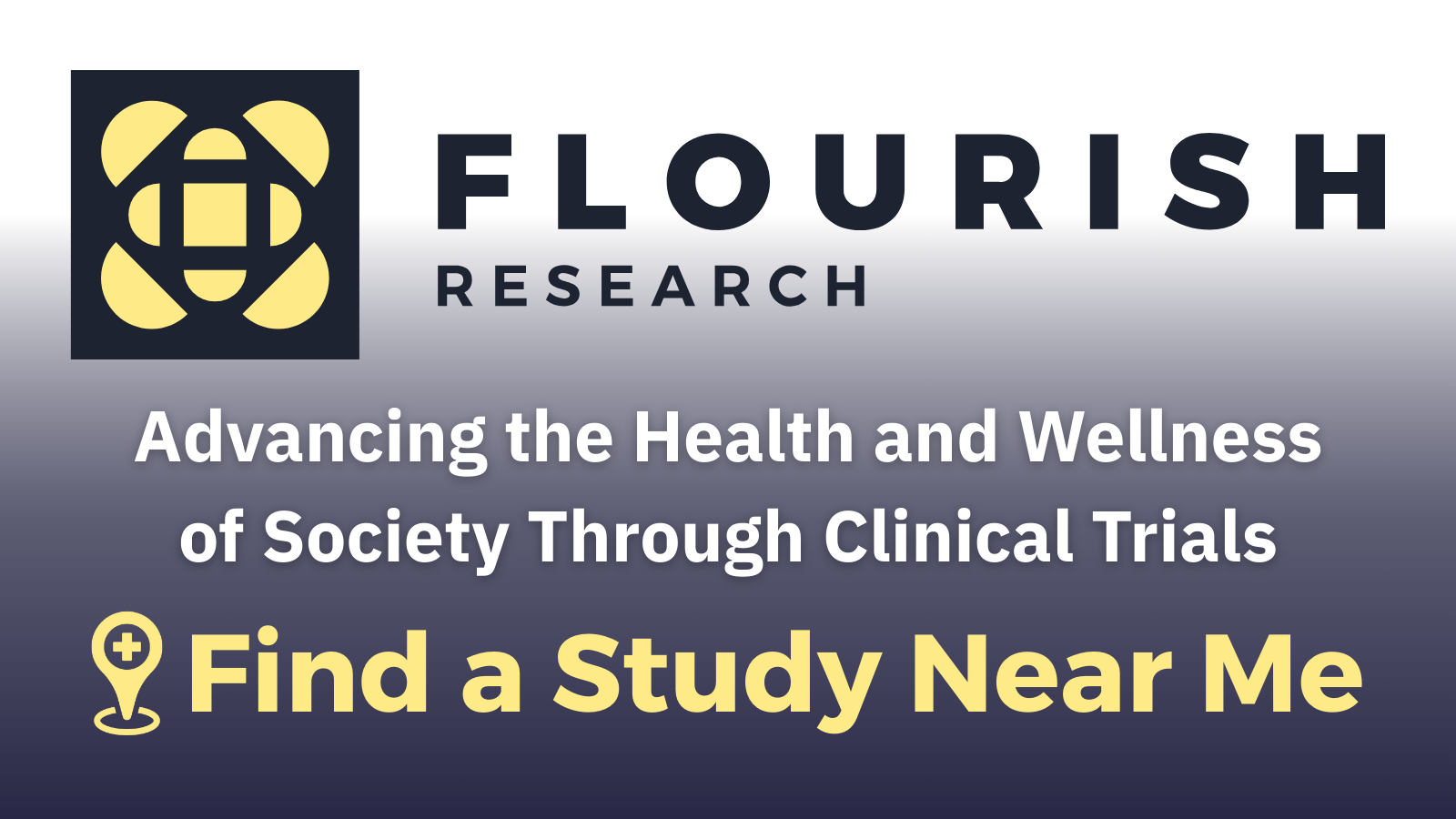Gluten and Celiac Disease, What’s the Connection?

The questions that have many people puzzled are finally going to be answered: What is gluten and is it actually bad for you? Gluten is a mixture of two types of proteins. It is responsible for the elastic texture of dough. These proteins are commonly found in wheat, rye, oats, and barley. Gluten helps food keep its shape and acts like a glue that holds certain foods together.
For those with celiac disease, gluten can be particularly dangerous. Gluten triggers an immune response in people with the disease, resulting in damage to the lining of the small intestine. These damages can obstruct a person’s ability to absorb nutrients from food and lead to problems like osteoporosis, infertility, nerve damage, and seizures.
Adults with celiac disease show many digestive and other symptoms including:
Digestive symptoms:
- Diarrhea
- Fatigue
- Weight loss
- Bloating and gas
- Abdominal pain
- Nausea and vomiting
- Constipation
Non-Digestive Symptoms:
- Iron deficiency causes anemia
- Rashes on the skin
- Mouth ulcers
- Headaches and fatigue
- Joint pain
- Corrupt functioning of the spleen (hyposplenism)
Gluten can be found in many different kinds of foods. It may be present in more foods than you think. The main foods to look out for which contain high amounts of gluten are processed foods, such as canned or boxed items, sweets, cakes, pies and candies, cereals, bread, beer, pasta and more.
Currently, the only treatment for celiac disease is to completely eradicate gluten from a person’s diet, which can be difficult. In order to help those suffering from this disease, it is imperative to do more research including participating in clinical trials.
Reference:
Harvard Health, Celiac Disease Foundation



